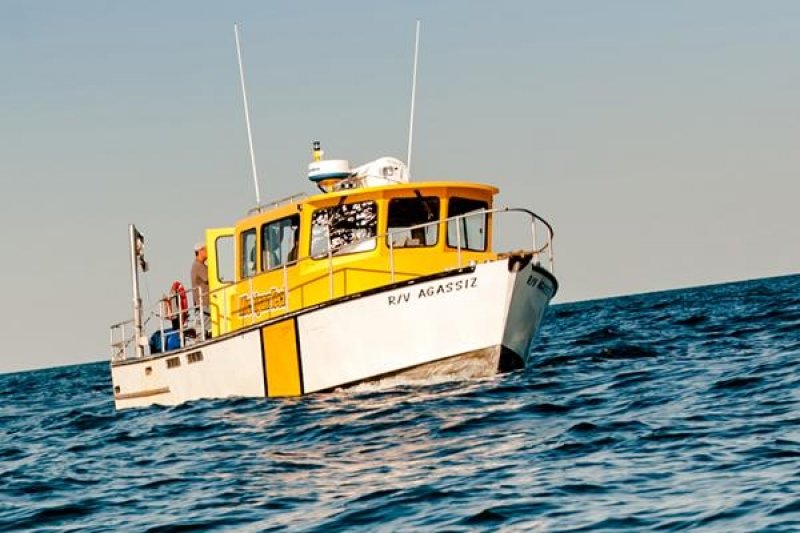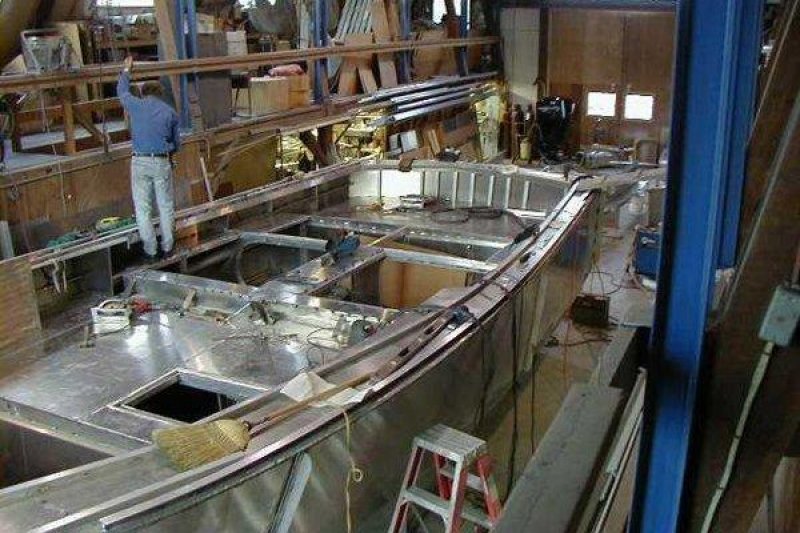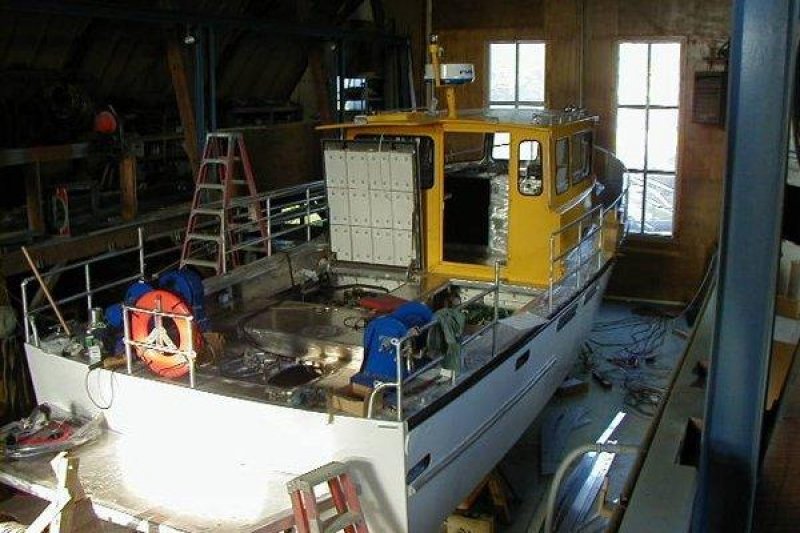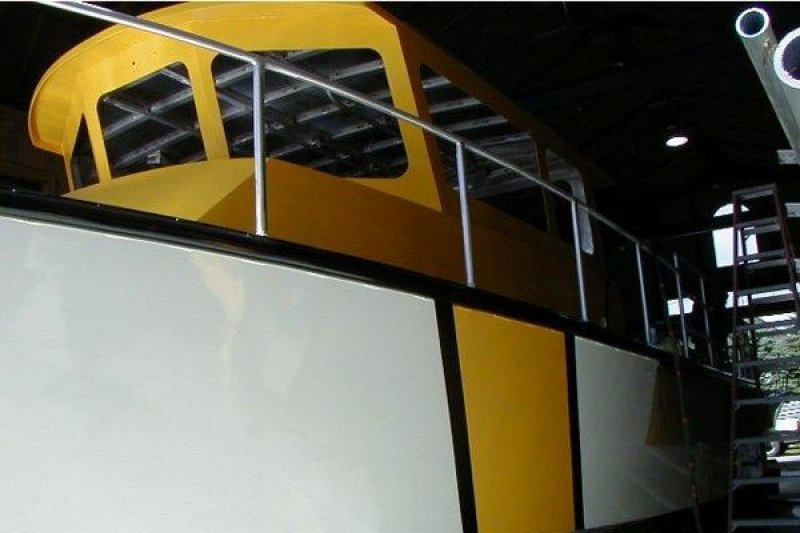Naming the RV Agassiz
The vessel is named for Louis Agassiz, a naturalist who led one of the first scientific explorations on Lake Superior, and his son, Alexander, who played a vital role in the Copper Country’s mining industry.
Louis Agassiz was born in 1807 in Switzerland. At age 10, he decided to pursue a career in natural sciences, despite family pressure to go into business or medicine. He was a multi-national student—studying in Lausanne, Zurich, Heidelberg, and Munich over the course of earning his PhD and MD degrees. He worked as a professor of natural history at the University of Neuchatel in Switzerland, where his research focused on the systematics of fish. There, he developed the idea of continental glaciation and an Ice Age.
In 1846, Louis accepted an invitation to visit the United States, where he stayed as a professor at Harvard. In the summer of 1848, he led an expedition to Lake Superior, sailing from the Soo along the lake’s north shore—almost to Isle Royale—and back. He published a book, detailing his observations on the geology and biology of the lake, and became the first scientist to describe the amphibians, fish, and reptiles native to Lake Superior.
Louis’s son, Alexander Agassiz, was born in Switzerland in 1835, and came to the United States to study in 1849. After receiving a degree in engineering from Lawrence Scientific School at Harvard, he sailed to California for a year to help grow the collection for his father’s comparative zoology museum. Alexander was later sent to Calumet to work for the Calumet and Hecla mining company. He divided his time between management of the mines, the Harvard museum founded by his father, and his outstanding work as a marine invertebrate biologist. A bronze statue of his likeness now stands in Agassiz Park in Calumet.
Because of the impact Louis and Alexander had on the shaping of the Copper Country, and their contributions made toward understanding the science of Lake Superior, Michigan Tech is proud to call its research vessel the RV Agassiz.



